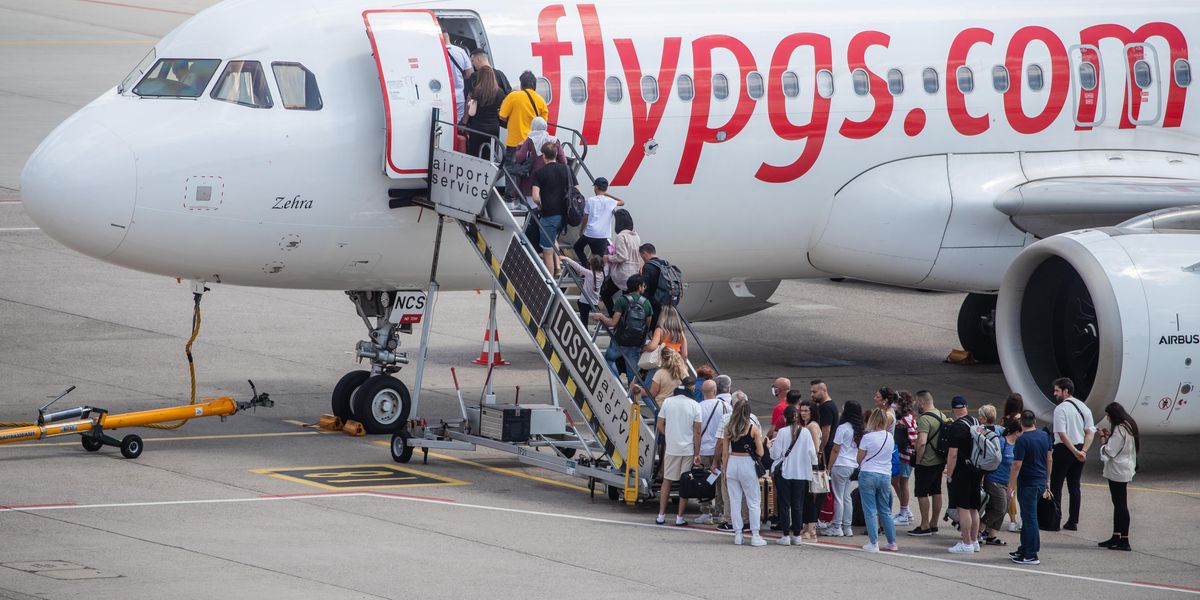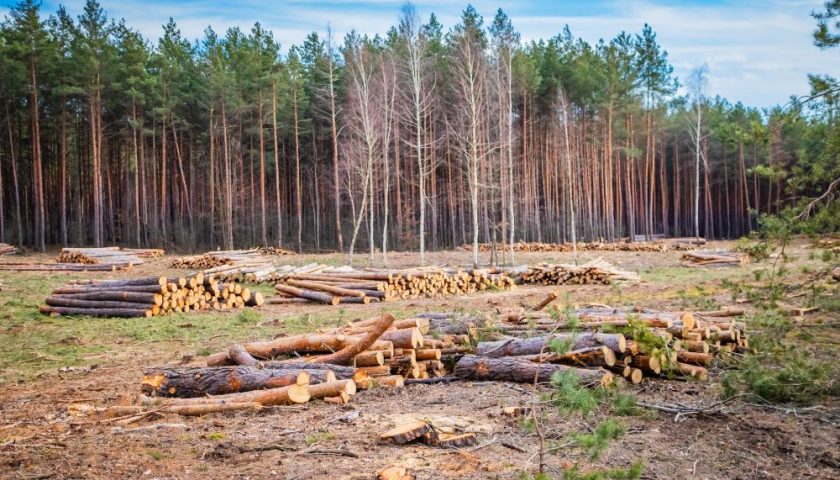PARIS — Lilly, a social media manager at a large French-speaking media, was still living with her parents when the first lockdown took the planet by surprise in mid-March 2020.
Lockdown after lockdown, this 23-year-old travel lover waited impatiently. In early Oct. 2021, she finally headed out alone to Thailand, criss-crossing the country with just a backpack and her reporter’s notebook. “It was super intense. I met many people there. There were almost no tourists. Life was cheap, I was in my element.”
Responding to a “gentle family pressure”, Lilly eventually came back to France in January. But she had the same goal: Leaving again “far away” next October and broadening her range of destinations: South America, Laos, Vietnam, Indonesia and Australia where she will join a French-Swiss friend she met during her first trip in Thailand.
“Until the pandemic began, I went abroad two weeks a year. I realized it was not enough to discover a culture,” said Lilly, who preferred not to give her name. COVID made me understand that we might only be getting started with pandemics and health restrictions, and that we had to make the most of it.”
Revenge travel to travel frenzy
Just like Lilly, hundreds of thousands of people passionate about traveling all over the world felt frustrated when they could not indulge in their favorite activity during the pandemic. The multitude of restrictive measures adopted by most countries are “to blame” for this. Hence the travel frenzy observed by the tourism industry as restrictions were progressively lifted. This phenomenon has been particularly observable in Asia from fall 2020.
It’s been dubbed ‘revenge travel’, with tourists trying to reconnect, to explore new destinations or to go back to their favorite spots, after having had to cancel, give up or radically change their travel plans.
“Global tourism business is not expected to return to its pre-crisis level before 2024,” says Aurélia Bettati, deputy director at McKinsey. “But since summer 2021, serious signs of recovery were set off in the course of the reopening of borders and the resumption of commercial exchanges.”
According to the World Tourism Organization (UNWTO), there were 2 to 3 times more international travelers in January 2022 than in January 2021.
Specialists note that revenge travel has been all the more vigorous because high-income populations saved massively during the pandemic. In the U.S., this part of the population’s savings rate went up 15% over the pandemic period. In France, “Covid savings” amounted to around 160 billion euros.
François de Canson, president of ADN Tourisme, France’s national federation of tourism offices, confirms the true “need to be somewhere else” created by travel restrictions, quoting the surveys conducted with ADN’s members. “This tendency is especially strong among millennials whose social life was particularly hit by COVID and who have been deprived for months of international exchanges, which constitute the spice of life at their age,” he says. “This hunger for travel can also be interpreted as the manifestation of the desire to take care of yourself and your loved ones, after a period of collective trauma. To rest, to revitalize yourself and to find yourself again: So many priorities that will persist in the future, not to mention the need for discovery and change of scenery.”

There were 2 to 3 times more international travelers in January 2022 than in January 2021.
Beata Zawrzel / ZUMA
Windows of opportunity
Encouraging and converging signs can also be found among the customers of tour operators, who were badly affected by the pandemic. Arts et Vie, a company specialized in cultural tours and whose clientele is “95% seniors,” confirms that there truly was a before and after COVID effect on their customers’ apprehension of destinations.
“We have seen a strong increase in our sales since the massive lifting of restrictions by geographical zones,” says Delphine Camara, the deputy managing director of the tour operator. “Some of our customers, especially the older ones, consider that they have no time to lose. Especially since COVID made them think about death … and fears of a possible return of the pandemic and unexpected quarantines.”
How are the post-pandemic tourists expected to behave in the future?
Jonathan Ganem, 38, head of the Talents PR agency for the past seven years, had a particularly hard time with the long days of lockdown imposed by the pandemic, and the impossibility of satisfying his thirst for travel. As soon as he saw “windows of opportunity” starting in the spring of 2020, he rushed to the websites of airlines and tour operators.
In November 2020, he flew to Marrakech for a two-week stay. “We could get there with a simple hotel reservation, which not many people knew about. Orly airport was almost empty. I have never checked a bag so quickly,” he says with a smile.
In Morocco, he alternated between sunbathing, cultural discoveries, … and video conferences with his customers. In August 2021, he headed to Cancún, Mexico, for more of the same.
Closer to home
Once the “catch-up” and “revenge” effects are over, how are the post-pandemic tourists expected to behave in the future? This is a big question that tourism professionals are actively working on.
“Our latest studies show that consumers are twice as likely to try new brands and experiences following the pandemic. This is a trend that is confirmed for the tourism sector,” Aurélia Bettati notes. “Consumers are looking for more personalized products or services, faster performances and, above all, an XXL customer experience.”
In this regard, the Chinese tourism industry (especially in the high-end hotel sector), who have managed to surpass their pre-COVID levels, can serve as an example. They have diversified or completed their offers around five pillars: new opportunities to travel (weekday getaways made possible by remote working), new activities (travel in comfortable camper vans, glamping), new destinations (natural parks, remote hotels, wellness and spiritual retreats, virtual reality, personalization …), and, finally, new modes of interaction with tourism professionals (more digital, richer, and more responsive.)
According to François de Canson, this profound desire for vacation hides an evolution of practices: amplification of closer-to-home travel, need for disconnection, hybridization of work and leisure places, growing interest for a more responsible tourism.
Véronique Berthier, the Vice President of Sales and Marketing Europe at the high-end hotel group The Lux Collective, is pleased to note the strong return in attendance at her hotels and resorts since sanitary measures were eased.
“On the other hand, we observe a last-minute booking phenomenon. This is a strong trend after the crisis because the future is still very uncertain in terms of pandemic. Our customers start doing their research early, which shows their strong desire for travel,” she concludes. “Countries and the tourism industry will have to get used to living with these constraints and reinvent themselves.”
From Your Site Articles
Related Articles Around the Web





